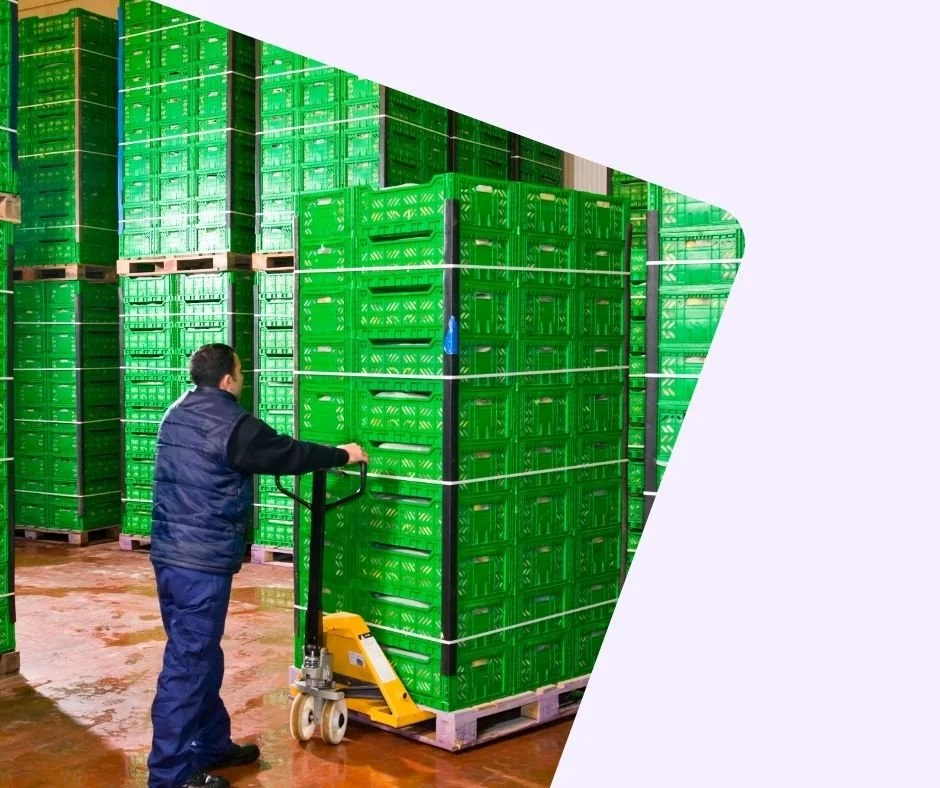How to model reuse in PIQET
Reuse is emerging as a hot topic in sustainable packaging. With global regulatory pressures for circularity and mandatory reuse targets on the rise, accurate modelling is critical for businesses looking to reduce environmental impact while maintaining compliance.
Life Cycle Assessment (LCA) tools like PIQET offer a scientifically robust framework to quantify the environmental footprint of reusable packaging across its entire lifecycle — but how exactly does it work?
PIQET enables detailed modelling of complex multiple-use systems with precision and flexibility via two approaches:
1. Number of trips: Users can define a fixed number of reuse trips based on intended design life or usage data.
2. Reuse rate: this reflects consumer behaviour by estimating how often packaging is actually reused in practice.
For example, even if a shopping bag is designed for 200 uses, the actual reuse might be much lower due to forgetfulness or loss. This rate helps align environmental assessments with real-world performance.
Another important consideration is the return logistics. PIQET enables users to model what happens after a reusable item is used — including the energy consumption and transport emissions required for return, cleaning, or redistribution.
For example, in business-to-business systems, crates may be collected, washed, and redistributed — each step adding to the footprint. Modelling these processes provides a more comprehensive and accurate picture of the true sustainability of reuse.
Eventually, even the most durable reusable packaging reaches the end of its functional life. PIQET allows users to model up to 15 different end-of-life treatments – including recycling, landfill, or incineration. This ensures the full cradle-to-grave assessment is captured in the results, not just the reuse phase.
As reuse systems become more complex, transparent and science-based tools like PIQET are essential for credible environmental decision-making. They allow businesses to simplify eco-design, understand trade-offs, optimize designs, and communicate their impact with confidence.
Questions? Get in touch below.

